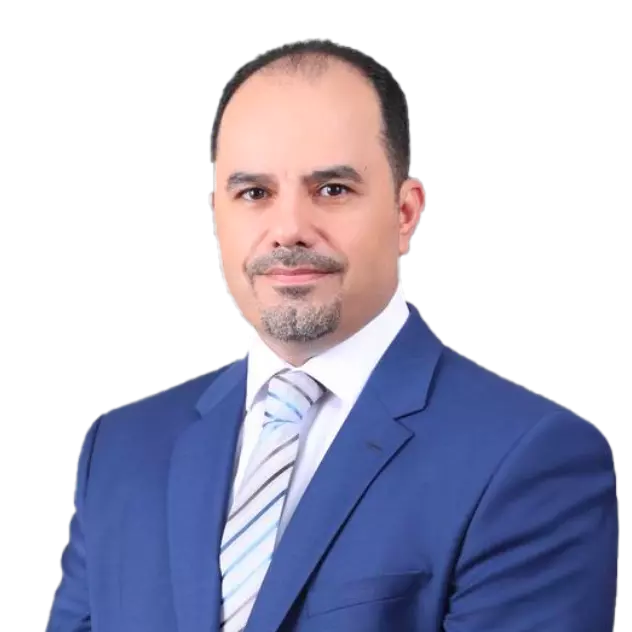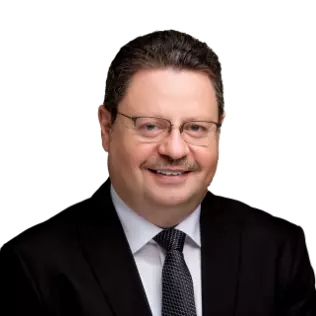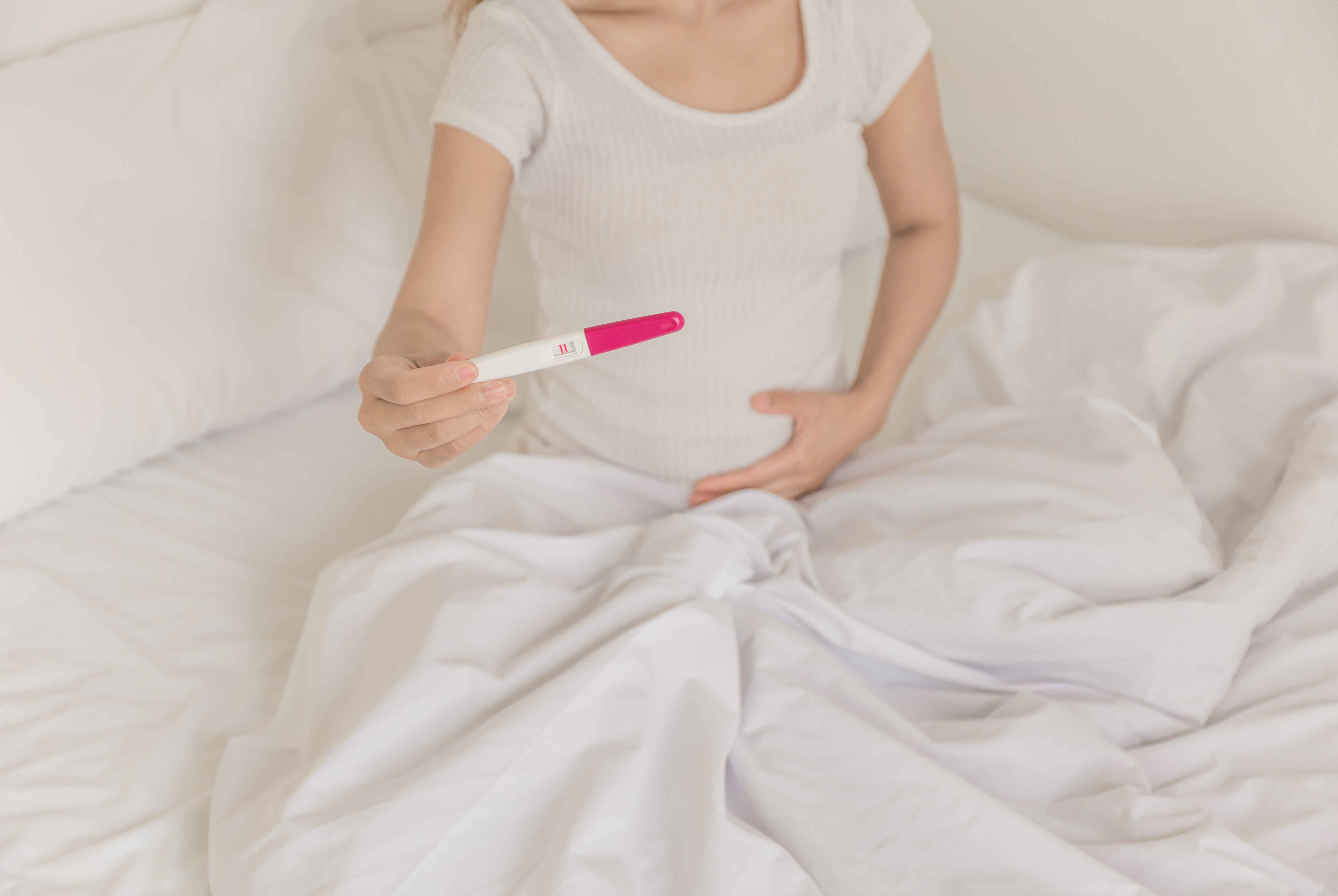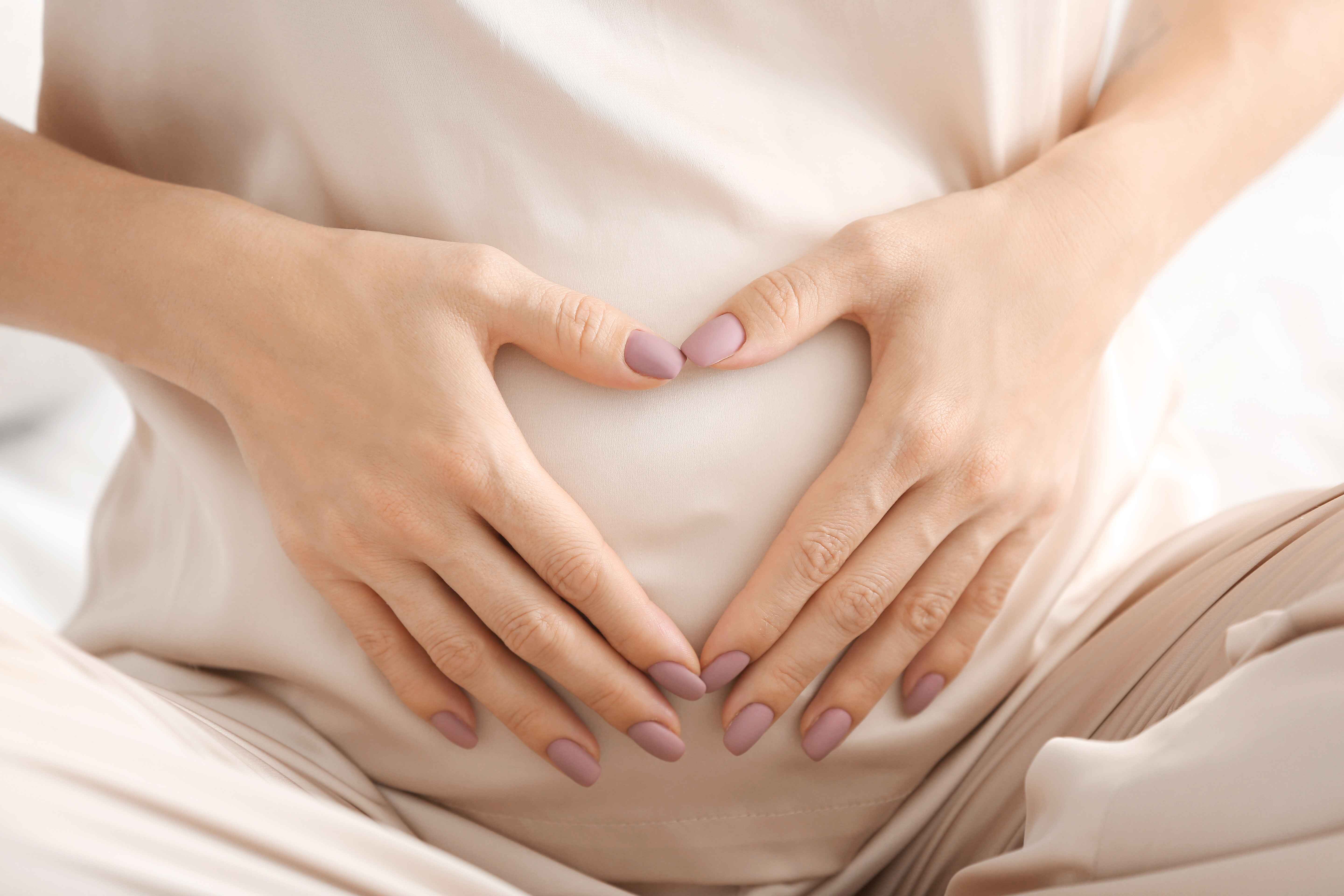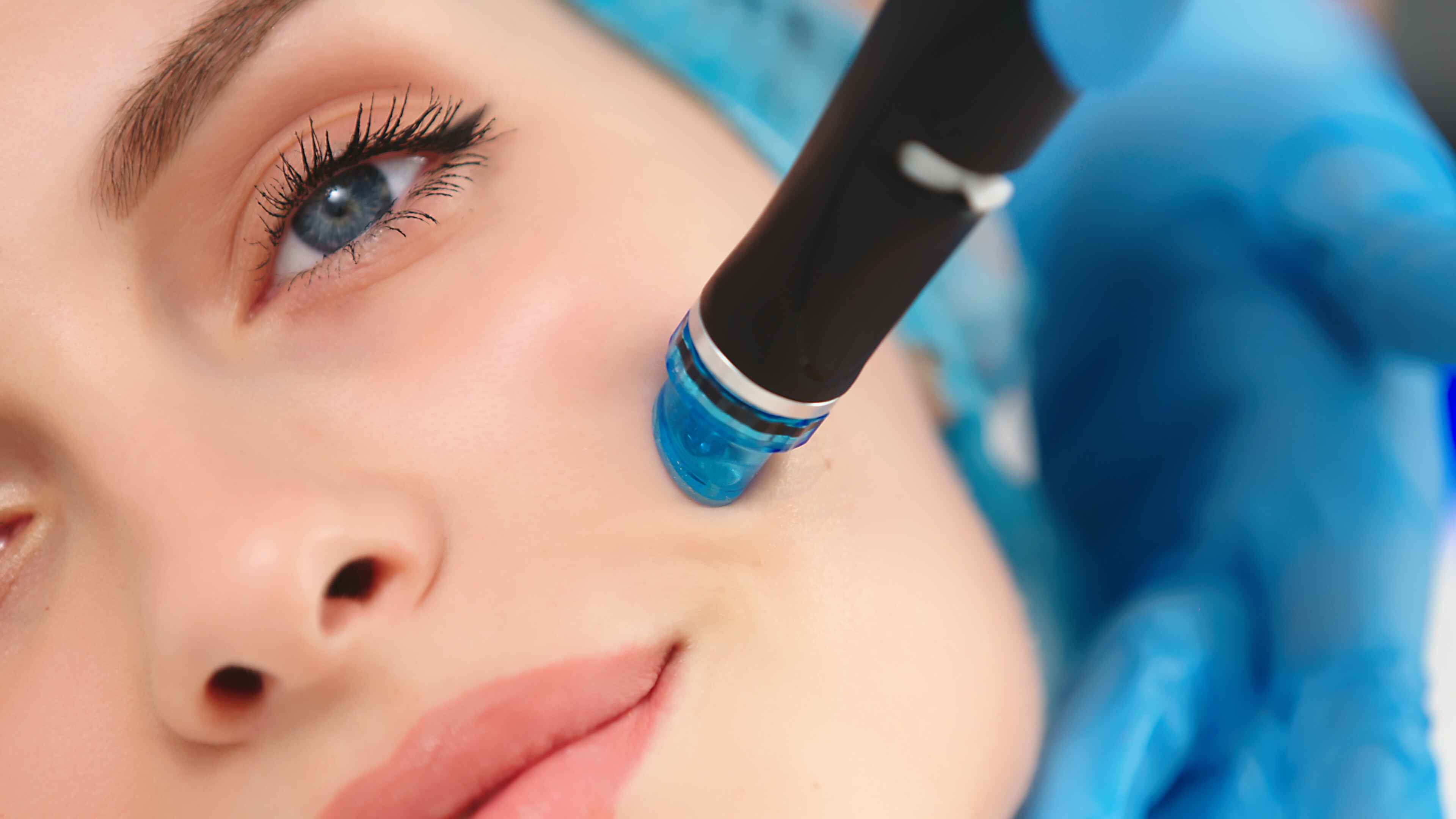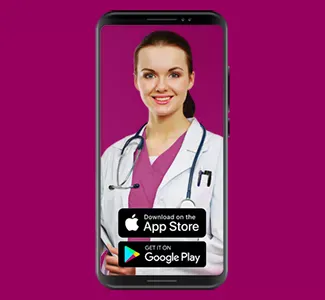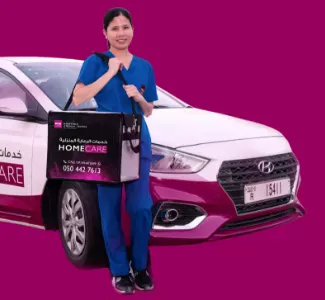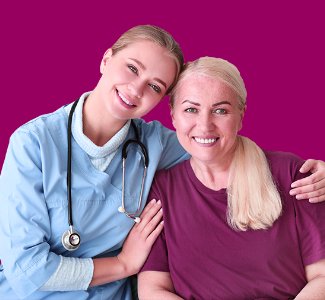Varicose Veins - Symptoms, Causes & Treatment
Written By: Dr. Saher Arour
Updated On:December 19, 2023
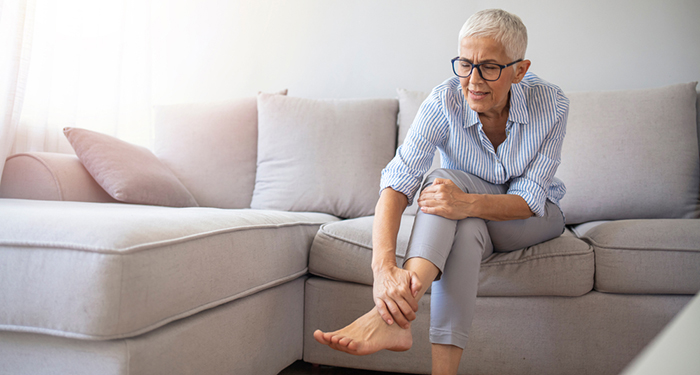
What are Varicose Veins?
Varicose veins are veins that have become twisted & enlarged. Any vein in the body that is close to the skin can become a varicose vein, though they most often appear in the legs because standing & walking add pressure to those veins. In addition, there is a mild type of varicose veins known as spider veins, which look like a blue or purple spider web & are usually found on the face or legs.
Varicose veins are widespread, affecting approximately 1/3 of all adults at some point in their lives. Varicose veins cause discomfort & may eventually lead to more significant problems. For some people, varicose veins affect their self-esteem & body confidence because they change the appearance of a person’s skin.
The veins in the legs drain the blood from the legs to the main vein in the abdominal area, & then to the heart, & blood flow may be affected by many external factors, such as:
- The force of gravity
- The leg muscles
- Resistance in the abdominal cavity
- Internal system of single valves direction that forces venous blood to flow in the desired direction.
There are two main venous systems in the leg, as follows:
- The deep venous system is located along the main arteries & is surrounded by muscles.
- The superficial venous system is located above the muscles & under the skin.
It is important to know that there are many veins connecting the two systems called the perforating veins, & one-way valves spread along these two venous systems.
Varicose Veins Causes
Varicose veins arise due to a defect in the venous drainage system, which causes the accumulation of blood in the leg veins, & thus high pressure in the venous system & the muscles of its walls lose the ability to push the venous blood, & this phenomenon is called venous hypertension, & perhaps this explains the swelling damaged vein.
The most common cause of varicose veins is failure of the valve that connects the saphenous vein (the largest of the superficial veins) with the deep femoral vein in the groin.
Though anyone can develop varicose veins, certain risk factors can increase the chances, including:
- Ageing
- Being female
- Pregnancy
- Genetics
- Obesity
- Standing or sitting still for extended periods
Most people with varicose veins are women of fertile age, & the most common period for varicose veins is pregnancy. This is due to the presence of some hormonal changes in the woman’s body at this stage, & the weight of the abdominal area or as a result of pregnancy & childbirth puts pressure on the legs, which leads to varicose veins. Female hormones tend to relax the walls of the veins & taking hormone replacement therapy or birth control pills may increase the risk of varicose veins. Varicose veins that develop during pregnancy usually improve without any medical treatment within three months after delivery.
Varicose Veins Symptoms
Many times, varicose veins signs & symptoms are limited to cosmetic issues, which can still be troubling. Most people suspect they have varicose veins when they see a bundle of purple or blue veins or small red or blue lines (spider veins). Additionally, varicose veins can cause the following symptoms:
- Heavy Legs: Heaviness in the legs & feeling uncomfortable while walking, especially in the evening, is more common among women.
- Itching: Sometimes, the area around varicose veins may itch.
- Pain: You may feel sore or aching in your legs, especially behind your knees and/or experience muscle cramping.
- Swelling: Your feet, ankles, & legs may swell & throb.
- Skin Discolouration & Ulcers: Sometimes, varicose veins can cause skin discolourations and, in severe cases, venous ulcers, which cannot heal without proper medical treatment.
- High Skin Temperature: One of the most common symptoms in men is high skin temperature, & is accompanied by a tingling sensation sometimes.
When to see a Doctor for Varicose Veins?
You should see a doctor to receive a proper varicose veins diagnosis. If you are concerned or unhappy with how your veins look or are experiencing discomfort, you should make an appointment with a doctor who has experience managing this condition. A doctor may use duplex ultrasound to diagnose your varicose veins by using two kinds of ultrasound to examine blood flow & the structure of your veins.
If you have developed venous ulcers, or your varicose veins are bleeding, swollen, or are painful, turns red or feels warm to the touch, you should seek medical help & varicose veins treatment as soon as possible.
Varicose Veins Risk Factors
Varicose veins can cause bigger issues that could affect your health. In addition to the venous ulcers, people with varicose veins may also suffer from:
- Chronic Venous Insufficiency, which occurs when the veins in your legs are weakened & cannot manage blood flow effectively, causing blood to pool.
- Superficial Thrombophlebitis, which is when blood clots form inside varicose veins, causing pain.
- Deep Vein Thrombosis, which occurs when a blood clot forms in a vein deep inside your body & requires prompt medical treatment.
- Pulmonary Embolism, which is a life-threatening condition where a blood clot lodges in your lung & is usually caused by deep vein thrombosis.
Additionally, varicose veins in the testes can cause infertility. Because of these risks, if you have a varicose veins diagnosis, you must consult with a healthcare professional who can help you prevent them from causing more severe problems.
Varicose Veins Diagnosis
To diagnose varicose veins, the doctor performs a physical examination that also includes observing the legs when standing to see if there is swelling, & sometimes the doctor may also ask to describe what the pain is in the legs.
There are many diagnostic methods used by the vascular doctor in order to detect the most important causes & symptoms of varicose veins, & accordingly, the methods of treating varicose veins are determined.
- Initially, a clinical medical examination is performed.
- Duplex ultrasound scan, as this examination helps the doctor choose the appropriate method of treating varicose veins & reduces the possibility of recurring this disease in the future. The duplex examination also works by ultrasound to determine the direction of blood flow & thus determine Exactly where the blood moves against its normal direction.
- In some rare & special cases, there is a need to perform some imaging tests, where a certain substance is injected into the superficial blood vessels & then undergoes an imaging of the leg, to determine the problem in the bloody vein, & based on it, a plan for varicose veins treatment is determined.
This examination is very useful in the event of recurrence of varicose veins.
Varicose Veins Treatment
It's a good idea to speak with your doctor about varicose vein removal if you don’t like their appearance and/or you are experiencing discomfort.
Some people may live with varicose veins in one way or another if the pain is not severe, but this condition may cause complications, including eczema, & thrombophlebitis, an inflammation of the veins, sores due to fluid leaking from the enlarged vein into the surrounding tissue, which requires treatment.
The case of varicose veins does not recover on its own.
There are several ways in which the problem of veins can be identified & treated, & each method has its pros & cons. We will discuss together about the most famous & effective treatment methods in the treatment of varicose veins, which are as follows:
Self-care:
There are several treatment options, including ones you can try at home, though there is no cure for varicose veins. You can first try some treatments at home, including:
- Regular exercise.
- Avoid standing for long periods.
- Elevation: Elevating your legs above your waist level multiple times during the day can help increase blood flow & reduce pressure in your veins.
- Elastic Stockings: Supportive or compression stockings pressure your veins, which can reduce pain, help blood flow, & reduce stretching in your veins.
Asking & consulting the doctor, because they are not suitable for all patients, it is necessary to undergo a test to check whether they are suitable for the patient, & despite their ability to relieve the symptoms & signs that the patient complains about, their effect in preventing the progression of Varicose veins & their worsening & preventing the emergence of new varicose veins is not clear until now.
Medical Care:
When home treatments do not provide relief or you are experiencing more severe symptoms, your doctor can recommend a variety of varicose veins treatment options, including:
-
Sclerotherapy: Your medical provider will inject a specialized solution into your varicose veins, which scars the varicosed veins, allowing the blood to be redirected to healthy veins. This is also an effective spider vein treatment.
This type of treatment does not require anaesthesia, & the doctor can perform it in his clinic, & a single vein may need to be injected more than once.
Varicose Veins Treatment with Interventional Methods
It is considered one of the best methods of treatment at the present time. This procedure is done under the influence of local or general anaesthesia.
- Laser treatment for varicose veins, EVLA: During this procedure, your doctor will use a catheter to guide a laser into your varicose veins & then close the damaged vein. You should note that varicose veins can recur after undergoing laser treatment for varicose veins.
- Radiofrequency ablation, RFA: It is very similar to the laser ablation technique in terms of its application, & its success rates are equal.
- Varicose Veins Surgery: Surgery is recommended as a treatment method for large varicose veins or advanced cases. Referred to as ligation & stripping, your doctor will surgically close off your varicose veins to prevent blood from pooling & may also consider varicose vein removal to prevent them from reoccurring.
- Phlebectomy:This is the process of making a series of small holes in the skin, & the effect of this procedure is often minor.
Complications of Varicose Vein Treatment
With any medical procedure, you have a slight chance of experiencing side effects and/or complications from varicose veins treatment, which could include:
- Infection
- Scars
- Skin burns
- Nerve injury
- Discomfort at the injection site
- Areas of skin discolouration
- Lumps or hardness in the skin
- Allergic reaction
Varicose veins treatment can help reduce their appearance & associated pain; however, they can return. If you become pregnant after treatment, are overweight or lead a sedentary life, it is more likely your varicose veins will come back.
Varicose Veins Prevention
Though it’s not possible to completely prevent varicose veins, you can reduce your risk of developing them by making a few simple adjustments to your lifestyle, such as:
- Don't stand for an extended period: If you have to stand, take breaks where you stretch & walk.
- Staying a healthy weight: If you are overweight, your doctor can help you create a plan to lose weight because extra kilos add pressure to your blood vessels.
- Stop smoking: Tobacco damages your blood vessels & impairs your blood flow.
- Wear looser clothes: Clothing that is too tight can affect blood flow, leading to varicose veins.
- Don’t cross your legs while sitting: Crossing your legs puts pressure on your veins & affects blood flow.
- Stay active: Exercising regularly helps blood flow more efficiently & keeps blood vessels healthy.
- Avoid high-heeled shoes (especially for women): High-heeled shoes put great pressure on the veins of the legs & cause varicose veins.
General Advice for Varicose Vein
If the varicose veins are severe & you wish to become pregnant, you should consult your doctor first.
- Avoid using birth control pills or any hormonal substances because they increase the incidence of varicose veins & the incidence of complications, the most important of which is venous thrombosis.
- Avoid wearing high-heeled shoes & always use comfortable, low-heeled shoes. Raise the level of your feet when sleeping but avoid raising them above the pillows because it may cause or help in the occurrence of a clot in the veins.
- Raise the bed itself from the side of the feet.
- If your condition calls for an operation & your doctor advises you to do so, do not hesitate to take the decision because delaying may lead to a deterioration of the condition, & remember that even after the operation you will continue to wear socks & follow the same instructions & previous instructions.
You will listen to many commercials about the presence of creams or herbs that get rid of varicose veins, remember that they are commercial advertisements whose main goal is trade & profit. Treatment by injection is not used in all cases, the specialist doctor is the one who assesses the case & then decides which treatment methods are best. Walking daily for 30 minutes is important & necessary.
Tips for Using Compression Stockings
Persons whose work requires standing for a long time & who have begun to see expansions in the capillaries can wear compression stockings to prevent varicose veins. People whose varicose veins have reached a moderate or severe degree should wear compression stockings for treatment because it will prevent the development of the condition & the occurrence of complications. Some tips for using compression stockings:
- The hours of wearing socks are from early morning to evening (before bed) daily.
- It is preferable to raise the feet for five minutes before wearing it, then take off the socks during sleep.
- It is preferable to raise the foot of the bed a little.
- Wearing socks during pregnancy is very necessary & the need for it is more urgent, because the pressure of the uterus on the veins increases the chance of varicose veins increasing & the chance of clotting in the veins.
- Wear the medical stocking that is appropriate for you, so do not choose a larger size, so you will lose its medical function, nor a smaller size, which causes you great pressure that you are bothered by. The size is determined by the attending physician based on the measurement of the circumference of the leg.
- You must wear medical stockings on both legs, even if the varicose veins are in one leg.
- It is very necessary to change the sock completely every three to six months & buy a new one because with frequent use & washing the tissues will lose their elasticity & reduce their ability to compress the required.
- It is preferable that you have two pairs of socks to change between them & after three to six months you change them & buy another pair.
- If the stockings cause discomfort due to its slipping at the thigh area, you can use full stockings or use suspenders to secure it
- Avoid long standing without movement & if your work requires standing for a long time, in addition to wearing socks, you must move constantly to help the leg muscle to pump blood up.
How to Wash Socks?
- Never wash the socks in the washing machine & put them in a bowl & add lukewarm water to it.
- Do not use chemical cleaning agents but put a little soap in the water.
- Leave the socks for a period in the water & then wash them using pressure & do not rub them hard.
- Do not use blotting or wringing, let it dry on a diffuser & in a horizontal position away from direct heat sources.
The degree of compression varies according to the type of socks & the brand. There are socks of different colours & with different degrees of pressure. There are many types of rubber socks on the market, so everyone can find comfortable & suitable socks for them.
- When purchasing elastic stockings, make sure they fit the leg.
- The patient or pharmacist can measure the leg with a tape measure to ensure they buy the correct size stockings.
- Elastic stockings must be strong, but not too tight & tight.
Those who suffer from weak hands or arthritis may find it difficult to wear such socks, on the other hand, there are special devices that help in wearing socks. Want to find out more? At Medcare get in touch to speak to our specialist about varicose veins causes, treatments & prevention.
Meet our doctors from the Vascular Surgery department
